How is Hydrogen Sulfide Made from Household Chemicals?
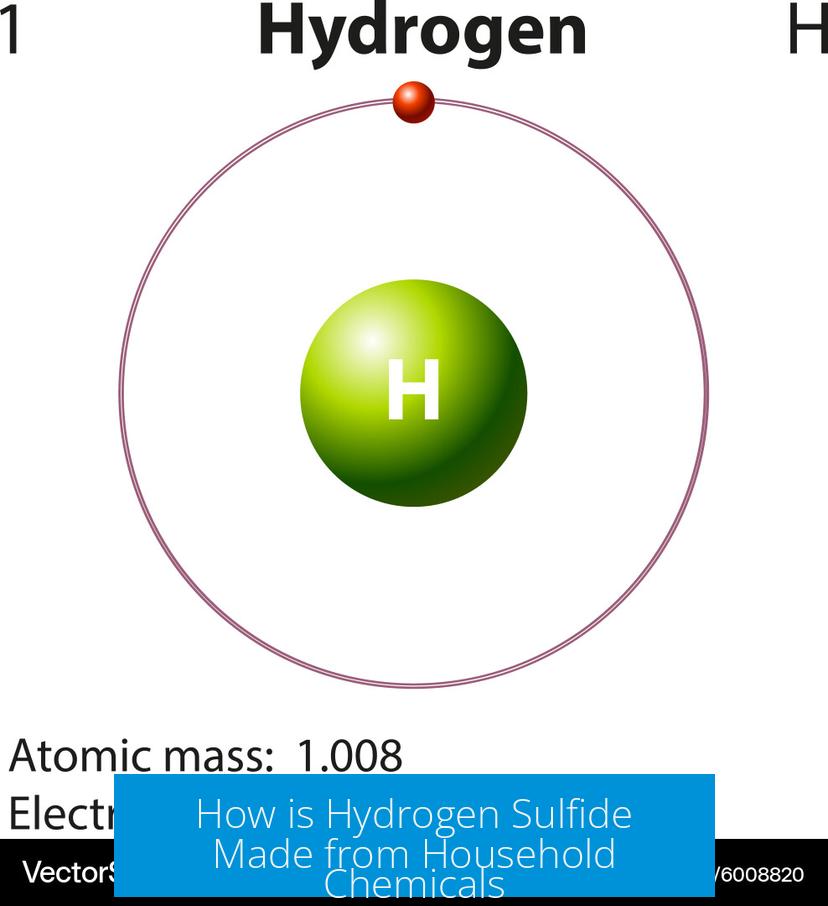
Hydrogen sulfide (H2S) forms when a sulfide-containing chemical reacts with an acid. This is the fundamental chemical principle behind producing H2S from common household substances.
Chemical Reaction Principle
Hydrogen sulfide is a gas generated by combining sulfides with acids. Sulfides release sulfide ions (S2−) that react with an acidic proton (H+) to form H2S gas. This simple acid-base reaction underlies all methods producing hydrogen sulfide from household chemicals.
Specific Household Method Using Steel Wool and Sulfur Powder
- Burn steel wool (iron) in sulfur powder. The combustion creates iron sulfide (FeS), iron oxides, and sulfur dioxide gas.
- Collect the iron sulfide created through this process.
- React the iron sulfide with hydrochloric acid (muriatic acid). This produces iron chloride (FeCl2) and releases hydrogen sulfide gas.
This method is a practical demonstration of forming hydrogen sulfide using materials or chemicals that might be found at home or in workshops.
Caution About Other Household Chemical Mixtures
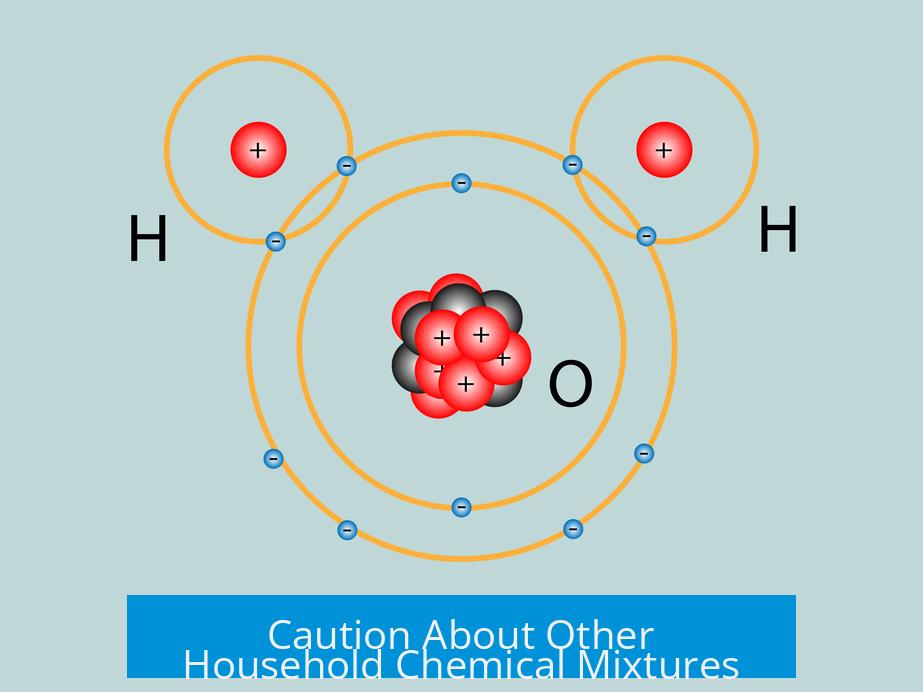
- Mixing bleach (sodium hypochlorite) with strong acids such as hydrochloric acid produces toxic chlorine gas, not hydrogen sulfide.
- Combining ammonia with certain chemicals can form various gases, including toxic hydrazine, but not H2S.
These mixtures can be hazardous and should never be attempted to produce hydrogen sulfide or any gases due to extreme toxicity risks.
Properties and Dangers of Hydrogen Sulfide
Hydrogen sulfide is highly toxic; exposure to sufficient concentrations can be fatal almost instantly. It smells like rotten eggs at low levels but can anesthetize the nose’s odor sensors at high concentrations, making it undetectable by smell—this adds to the danger.
Its toxicity exceeds that of cyanide, requiring utmost caution when handling or producing it. Proper ventilation and protective equipment are critical in any chemical process involving hydrogen sulfide.
Key Points
- Hydrogen sulfide forms by reacting sulfides with acids.
- A common household method involves producing iron sulfide from steel wool and sulfur, then treating it with hydrochloric acid.
- Certain chemical mixtures like bleach and acids produce other toxic gases, not H2S.
- Hydrogen sulfide is extremely toxic and can be odorless at dangerous concentrations.
- Extreme care and safety precautions are essential when dealing with or attempting to produce H2S.
How is Hydrogen Sulfide Made from Household Chemicals?
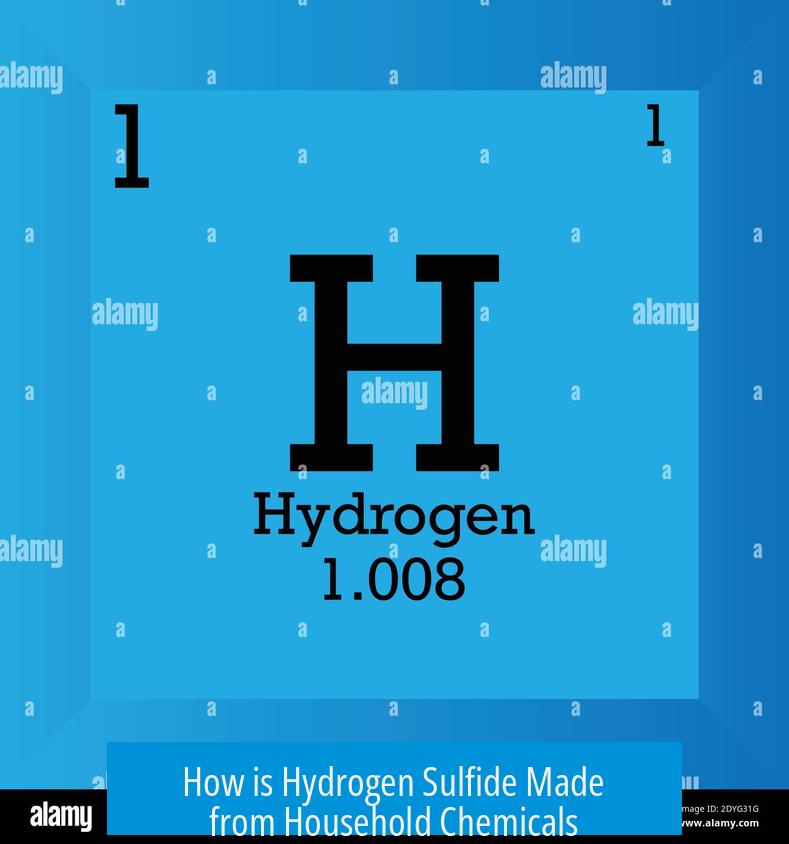
Hydrogen sulfide gas forms when you mix a sulfide-containing chemical with an acid. This is the core chemical principle behind its generation from household materials. Essentially, if you combine these two ingredients correctly, hydrogen sulfide (H2S) emerges as the product.
Hydrogen sulfide is not a gas you want to casually produce—it’s highly toxic and dangerous. But understanding how it forms sheds light on chemistry’s power in everyday settings and the critical need for safety.
The Chemical Basics: Sulfides Meet Acids
Let’s start simply. Sulfides are compounds containing the sulfide ion (S2−). When these meet an acid, the acid’s hydrogen ions (H+) react with sulfide ions, releasing hydrogen sulfide gas:
S2− + 2H+ → H2S
This reaction explains why dumping products with sulfide components into something like hydrochloric acid (found as muriatic acid in hardware stores) gives off that notorious rotten-egg smell—hydrogen sulfide.
Simple enough, yes? But how do you get sulfides from common household items in the first place? One intriguing method involves steel wool and sulfur powder.
From Steel Wool and Sulfur Powder to Hydrogen Sulfide
This method sounds like something out of a DIY chemistry handbook but is surprisingly straightforward:
- Burn steel wool inside sulfur powder. The combustion produces multiple compounds, including iron oxides, sulfur dioxide, and—most importantly for us—iron sulfide.
- The iron sulfide (FeS) formed can then be reacted with hydrochloric acid (usually available as muriatic acid in pool supply shops). This reaction liberates hydrogen sulfide gas and iron chloride salt.
Here is the gist of the second reaction:
FeS + 2 HCl → FeCl2 + H2S (gas)
This path shows how ordinary materials—steel wool, sulfur powder, and muriatic acid—can yield hydrogen sulfide. It’s not something to try at home without proper knowledge and precautions though. Producing H2S in this manner isn’t a casual science project. The gas is extremely hazardous.
Beware: Not All Poisonous Gases Are Hydrogen Sulfide
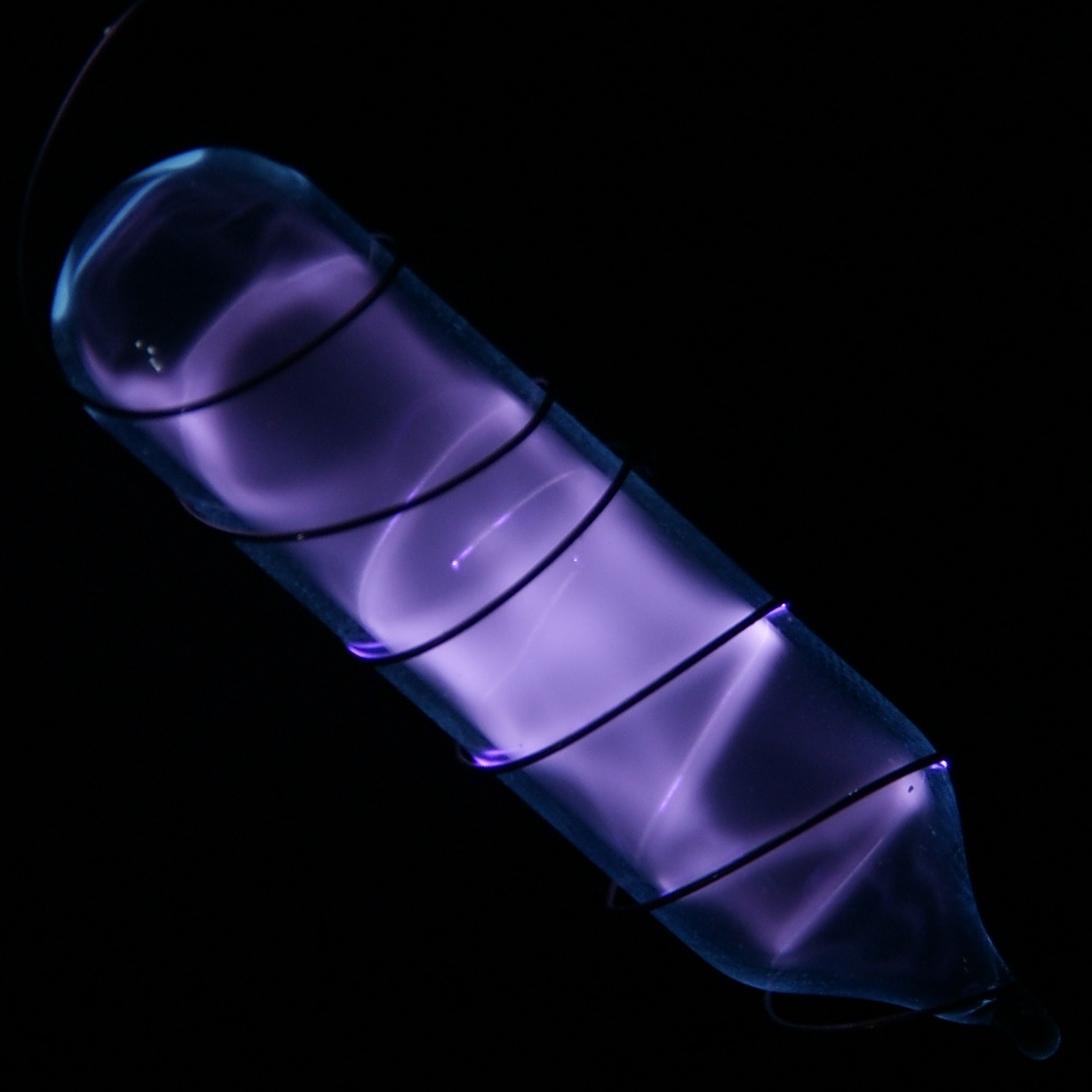
People sometimes confuse hazardous household chemical reactions. For example, mixing bleach and hydrochloric acid produces chlorine gas—not hydrogen sulfide. That’s a different beast, also deadly but distinct chemically and in its effects.
Similarly, mixing ammonia with other chemicals can create an array of dangerous gases, including hydrazine, but not hydrogen sulfide.
So, if you smell something rotten or sulfurous after mixing, think sulfide + acid. If it’s a sharp bleach or pool-chemical smell, suspect chlorine or other chlorinated gases.
The Dark Side: Hydrogen Sulfide’s Deadly Properties
Now to the sobering part—why you must treat H2S with the utmost respect.
This gas is infamous for its foul odor—like rotten eggs or rotting cabbage. However, sniffer beware: at high concentrations, hydrogen sulfide deadens your sense of smell, making it undetectable despite its presence. This feature makes it far more dangerous because you might not realize you’re breathing it in.
Worse yet, the lethal effect of hydrogen sulfide can be almost immediate. It interferes quickly with cellular respiration, essentially suffocating cells at the molecular level. To put this into perspective, it’s more deadly than cyanide when inhaled at sufficient concentrations.
In an industrial setting, people involved in sewage work or oil refining must be constantly vigilant against exposure.
Everyday Implications and Safety Tips
Understanding how hydrogen sulfide forms gives us practical insights:
- Never mix household cleaners unless you’re 100% certain of the chemistry. Combining acids and sulfide-containing products can generate this toxic gas.
- If you smell rotten eggs near a drain, sewer, or broken septic line, it could be hydrogen sulfide. Ventilate immediately and get help.
- Steel wool + sulfur powder + acid could produce it. Avoid DIY chemical experiments involving this combo. No casual chemistry here.
- Recognize the difference between bleach/acid fumes (chlorine gas) and sulfide/acid fumes (hydrogen sulfide). Both lethal, vastly different gases.
Think of hydrogen sulfide as the “silent but deadly” neighbor who first hits you with a stinky prank, then the knockout punch when you least expect it.
Wrapping It Up: Understanding Science Pays Off
So, how is hydrogen sulfide made from household chemicals? By mixing sulfide-containing materials with acids, you kick off a chemical reaction liberating this poisonous gas. Methods like burning steel wool in sulfur powder to make iron sulfide and then reacting it with hydrochloric acid showcase real examples.
This knowledge isn’t just trivia. It *matters* for safety, science literacy, and appreciating how ordinary substances can change dramatically when combined.
Next time you consider mixing mystery chemicals, stop and ask yourself: am I messing with something that could create hydrogen sulfide? It’s a stink bomb no one should ever set off in their home.
How can hydrogen sulfide gas be produced using household chemicals?
Hydrogen sulfide forms when a sulfide-containing chemical reacts with an acid. For example, iron sulfide made from burning steel wool in sulfur powder can be treated with hydrochloric acid to release hydrogen sulfide gas.
What role does steel wool play in making hydrogen sulfide?
Steel wool burns in sulfur powder to create iron sulfide. This iron sulfide then reacts with hydrochloric acid to produce hydrogen sulfide gas along with iron chloride salt.
Can mixing bleach and acids produce hydrogen sulfide?
No. Mixing bleach with strong acids like hydrochloric acid generates chlorine gas, which is toxic but not hydrogen sulfide.
What happens if ammonia is mixed with acids or bleach in these reactions?
Mixing ammonia may release various gases, including toxic hydrazine, but it does not produce hydrogen sulfide gas.
Why is hydrogen sulfide dangerous even at low levels?
Hydrogen sulfide is highly toxic and can kill quickly. It numbs the nose’s smell sensors at high levels, making it undetectable by odor, increasing its danger.


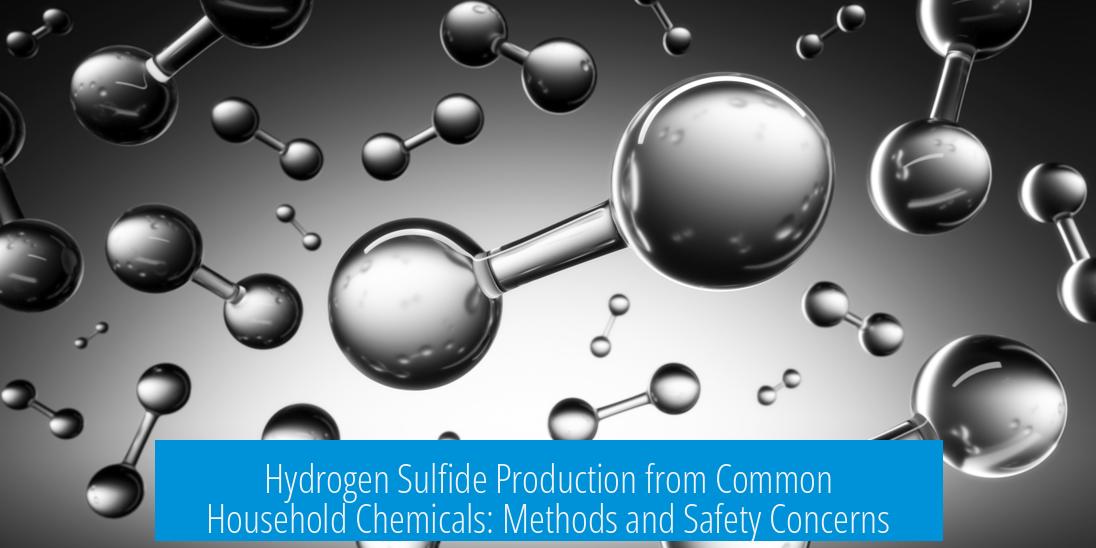


Leave a Comment